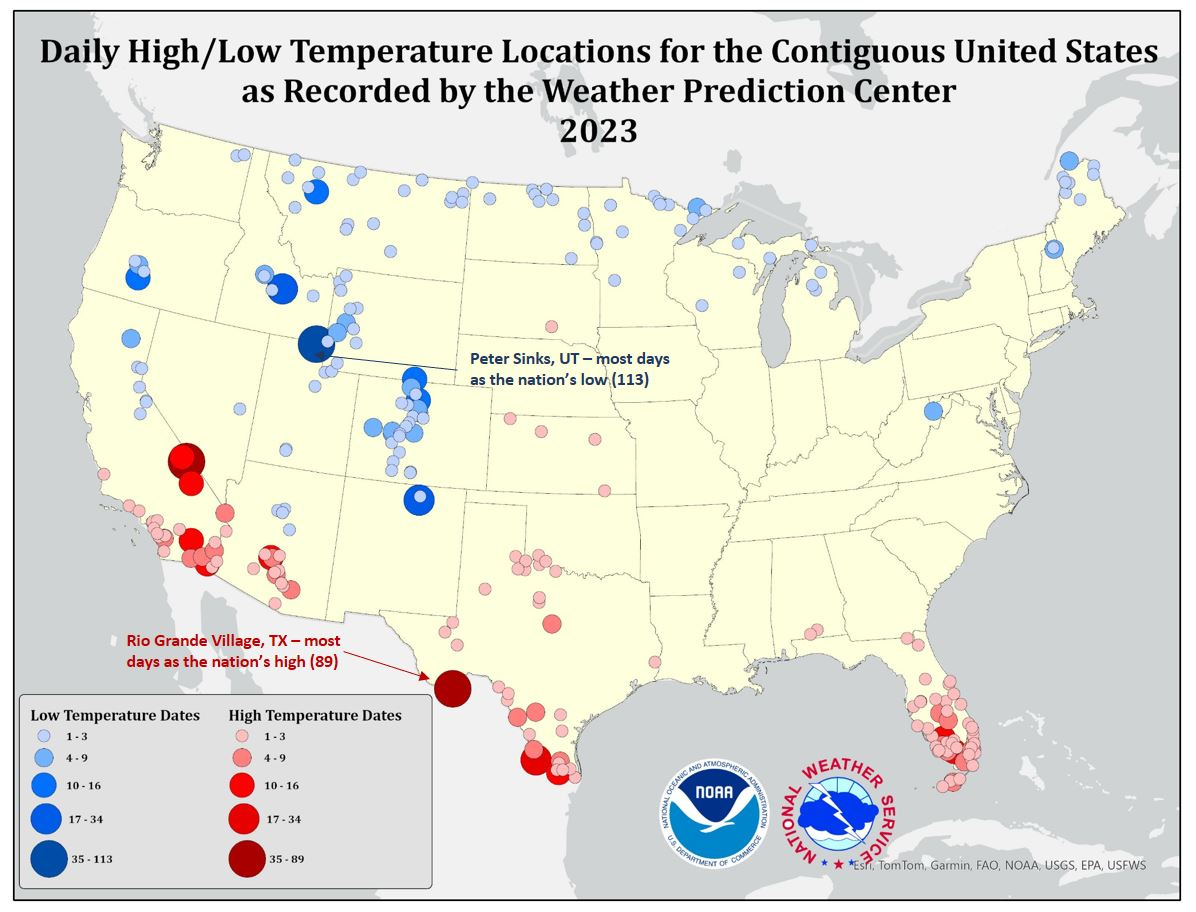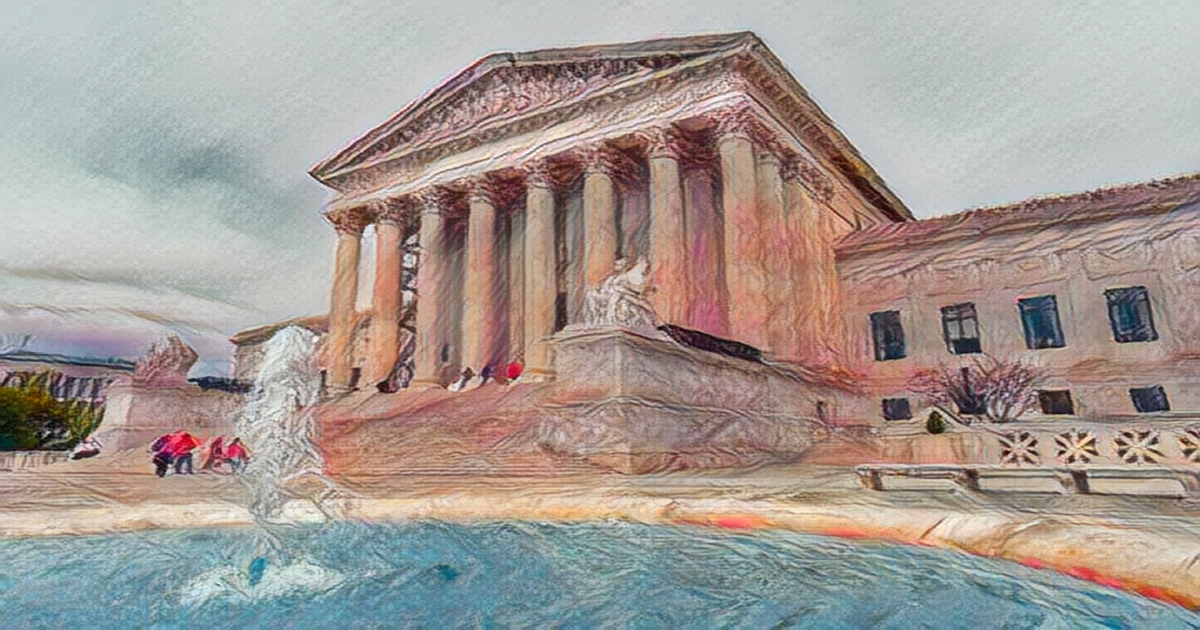Chevron Ruling Background and Impact

The Chevron ruling, officially known as Chevron U.S.A., Inc. v. Natural Resources Defense Council, Inc. (1984), is a landmark Supreme Court decision that significantly altered the way courts review administrative agency decisions. The ruling established a two-step framework for judicial review of agency interpretations of statutes, giving great deference to the agency’s interpretation if it is reasonable.
The Chevron ruling established a doctrine of deference to administrative agencies’ interpretations of statutes, giving them broad authority in their respective fields. However, this deference is not absolute and can be challenged under certain circumstances. One such circumstance is when the agency’s interpretation is inconsistent with the plain meaning of the statute or when it conflicts with a controlling precedent, known as stare decisis.
Stare decisis is the principle that courts should follow precedent in subsequent cases involving similar legal issues, ensuring consistency and predictability in the law. Thus, the Chevron ruling, while giving deference to agencies, still recognizes the importance of adhering to established legal principles and precedents.
Significance of Chevron Ruling
The Chevron ruling has had a profound impact on administrative law. It shifted the balance of power between the judiciary and administrative agencies, giving agencies greater authority to interpret the statutes they administer. This deference has allowed agencies to play a more significant role in shaping public policy and has made it more difficult for courts to overturn agency decisions.
Chevron ruling, established by the Supreme Court, defers to an agency’s interpretation of a statute when it is reasonable. This doctrine of deference is rooted in the principle of stare decisis , which holds that courts should follow established precedent to ensure consistency and predictability in the law.
Thus, chevron ruling allows agencies to make interpretations that are consistent with past rulings, promoting stability in legal interpretations.
Application of Chevron Ruling
The Chevron ruling has been applied in numerous environmental and regulatory cases. For example, in Massachusetts v. EPA (2007), the Supreme Court used the Chevron framework to uphold the Environmental Protection Agency’s (EPA) interpretation of the Clean Air Act. The Court held that the EPA’s interpretation was reasonable and that the agency had adequately explained its reasoning.
Chevron ruling is a legal doctrine that gives deference to the interpretation of a statute by the agency that administers it. However, if a court finds that the agency’s interpretation is unreasonable, it may overturn the ruling. For more information on the meaning of chevron overturned, please refer to chevron overturned meaning.
Chevron ruling remains an important doctrine in administrative law, but it is subject to judicial review.
Criticisms and Limitations
The Chevron ruling has also been subject to criticism. Some critics argue that the ruling gives too much deference to agencies and that it undermines the role of the judiciary in checking agency power. Others argue that the ruling is too rigid and that it prevents courts from correcting unreasonable agency interpretations.
Chevron Ruling and Environmental Regulation
The Chevron ruling has had a significant impact on the Environmental Protection Agency’s (EPA) authority to regulate industry. The ruling established a two-step framework for judicial review of EPA regulations, which gives the EPA broad discretion to interpret the statutes it administers.
Under Chevron, courts must first determine whether Congress has spoken clearly on the issue at hand. If Congress has not spoken clearly, then courts must defer to the EPA’s reasonable interpretation of the statute.
Case Studies
- In Massachusetts v. EPA (2007), the Supreme Court held that the EPA had the authority to regulate greenhouse gas emissions from motor vehicles under the Clean Air Act. The Court found that the EPA’s interpretation of the statute was reasonable, even though it was not the only possible interpretation.
- In Utility Air Regulatory Group v. EPA (2014), the Supreme Court held that the EPA did not have the authority to regulate mercury emissions from power plants under the Clean Air Act. The Court found that the EPA’s interpretation of the statute was not reasonable.
Chevron Ruling and Corporate Accountability

The Chevron ruling, issued by the Supreme Court of the United States in 1984, has significant implications for corporate accountability in environmental matters. The ruling established a two-part test for judicial review of agency interpretations of ambiguous statutes. Under the Chevron test, courts must defer to an agency’s interpretation if it is reasonable and consistent with the statute’s purpose.
The Chevron ruling has been used by corporations to shield themselves from liability for environmental violations. In many cases, corporations have successfully argued that an agency’s interpretation of an environmental statute was reasonable, even if it allowed the corporation to avoid compliance with the statute. This has led to concerns that the Chevron ruling makes it too difficult to hold corporations accountable for their environmental impacts.
Potential Reforms to the Chevron Ruling
There are several potential reforms to the Chevron ruling that could enhance corporate accountability. One reform would be to narrow the scope of the ruling. For example, the ruling could be limited to cases where the agency’s interpretation is based on a specific expertise or technical knowledge. Another reform would be to require courts to give more weight to the plain meaning of the statute when reviewing agency interpretations. Finally, the ruling could be amended to create a presumption that an agency’s interpretation is unreasonable if it allows a corporation to avoid compliance with the statute.
The Chevron ruling, a landmark Supreme Court decision, established the Chevron deference doctrine. This doctrine gives great weight to an agency’s interpretation of a statute it administers. This principle has been applied in many cases, including the chevron decision , which further clarified the scope of deference.
The Chevron ruling remains a cornerstone of administrative law, ensuring that agencies have the necessary flexibility to implement complex statutes.
Chevron ruling, a legal doctrine that gives deference to executive agencies’ interpretations of ambiguous statutes, has been a contentious issue. Thomas Massie , a Republican congressman, has been a vocal critic of the doctrine, arguing that it grants too much power to the executive branch.
Massie has introduced legislation to overturn Chevron, arguing that it undermines the separation of powers and allows agencies to circumvent the legislative process.
